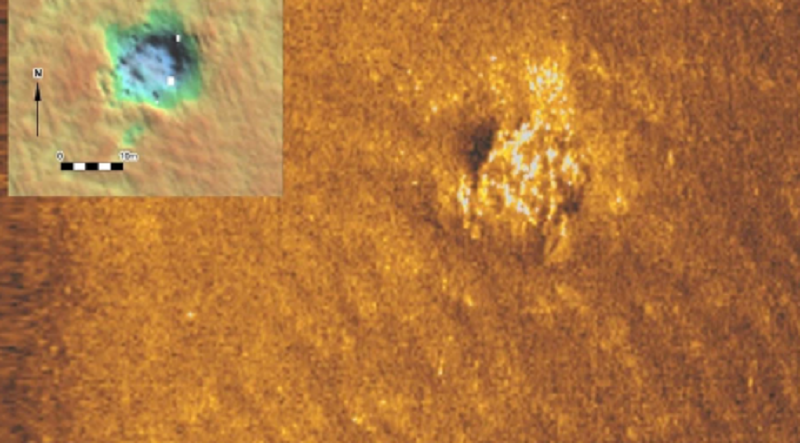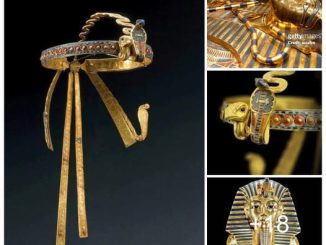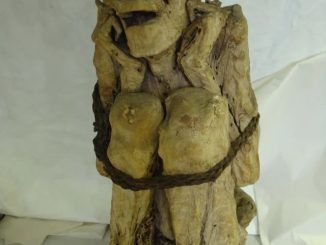Having the misfortune of losing steel containers in a storm, the search team was compensated by the sea with an ancient “ghost ship” that had been missing for 500 years.
The Dutch Cultural Heritage Agency has just announced a discovery that is quite similar to Aesop’s famous fable “The Three Axes”. During a storm in January, the merchant ship MSC Zoe unfortunately dropped many steel containers into the North Dutch Sea. Thanks to that, the search team was “compensated” by the sea with a 500-year-old ship full of ancient coins and bronze goods.
The search team used sonar, which can be understood as “reflected sound waves”, a technique that applies sound propagation that salvage and rescue teams often use to search for ships, drifting objects or submerged in water.
Finally, they also found unusual sonar signals at the shipwreck site. Thinking that one of the containers had been identified, they sent the equipment down for salvage. However, it was not a steel container but a very old object made of wood and copper.

Traces of “ghost ship” appeared when the Dutch used sonar to search for steel containers that had fallen into the sea – photo: NETHERLANDS CULTURAL HERITAGE AGENCY
Recovered pieces of wood showed that it belonged to a “ghost ship” that had slept for nearly five centuries at the bottom of the ocean. The ship is very large, up to 30 meters long and was built in 1540. It was built in a style intermediate between a traditional Dutch ship and a carvel, a Mediterranean style of shipbuilding.
According to Martijn Manders, head of the international maritime archeology program of the Dutch Cultural Heritage Agency, this is the oldest shipwreck found in the Dutch North Sea.
Moreover, the ship also contained up to 4.7 tons of goods and copper coins. Stamps on the copper pieces show they were minted by the wealthy German Fugger family and metallurgical testing shows they are identical to the first coins used in the Netherlands. With a voyage from the Baltic Sea to Antwerp (now part of Belgium but in the early 1500s part of the Netherlands), it may have been one of the first transports of copper coins from Europe to the Netherlands, marking the presence of of copper coins to replace the inconvenient payment methods of gold and silver.
With the age and historical value mentioned above, the ship and the salvaged goods are a priceless treasure. The ship was preserved by the sea in very good condition. Most of the wreck is still being preserved on the seabed and archaeologists plan to conduct their first exploratory dive this summer.


